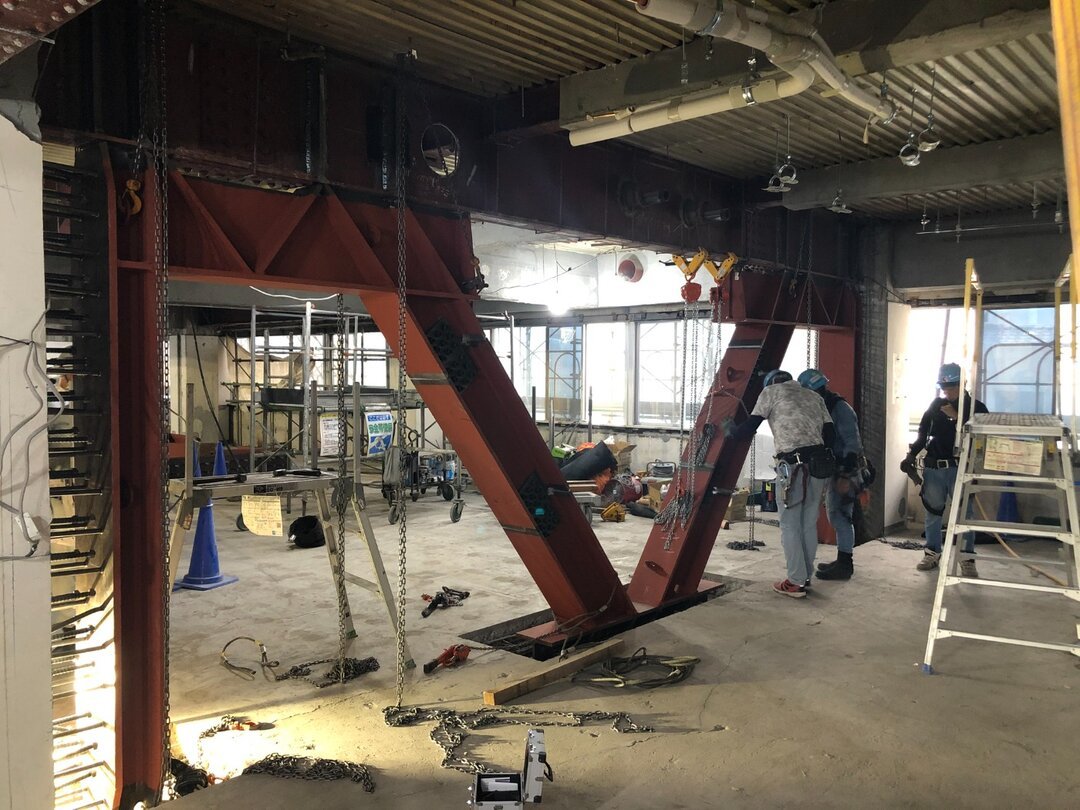Here, we would like to review again the content of the new and old seismic resistance which is often discussed.
The new earthquake resistance standard was put in place on June 1, 1981. This was more than 40 years ago, when the Building Standard Law was revised in response to the damage caused by the Miyagi-oki Earthquake in 1978. Properties for which building permits were completed prior to this date are very likely not to meet the new earthquake resistance standards. Conversely, buildings whose building permits were completed on or after June 1, 1981, meet the new earthquake resistance standards.
The key point is the date of completion of the building permit, not the date of completion of construction. For example, a property completed on June 1, 1981 does not (very likely) meet the new earthquake resistance standard because the completion date of the building permit is before May 31, 1981. Considering the construction period, it is safe to assume that a building was built under the new earthquake resistance standard if it was completed in 1982 or later for low-rise buildings and in 1983 or later for medium to high-rise buildings.
However, there are properties for which construction did not start for a considerable period of time after the building permit was obtained (or construction could not start for some reason), and for which the permit was obtained in 1980, construction started in 1981, and construction was completed in 1982. To determine whether a building is new or old earthquake resistnace please be sure to check the date of completion of the building confirmation certificate.
The seismic strength of the new earthquake resistance buildings are “only minor cracking in a medium-sized earthquake of intensity scale of 5 or higher, and no collapse in a large-scale earthquake of intensity scale of 6 or higher to 7”. The difference in expected damage in the event of a seismic intensity scale of 6 to 7 is significant. The old earthquake-proof buildings are not strong enough to withstand a seismic intensity of 7, but furthermore they are not strong enough to withstand a seismic intensity of 6 or higher.
Properties which fall under the old earthquake resistance standard are approximately 40 years old. For condominiums, not only the problem of seismic reinforcement, but also the problem for rebuilding is an urgent issue. If neither of these issues has been addressed, the value of the condominium will be lower. On the other hand, if a condominium is in a good location and has taken measures to prevent disasters and earthquake resistance, there will be no sudden decline in value even if the property is under the old earthquake resistance standard. When purchasing a used condominium, it is necessary to check the measures taken by the condominium itself, not merely whether it is old or new earthquake resistance standard.
Incidentally, in 2000, the Great Hanshin-Awaji Earthquake triggered a further strengthening of the new earthquake resistance standard, which became the “Shin-Suiseki” standard. Every time a disaster occurs, both laws and regulations and people’s awareness evolve. Although it is unlikely that your condominium will be damaged by an earthquake, it is important to check what would happen to the building if a major earthquake were to occur and what preparations are in place when you purchase the property. In the years immediately after the Great Hanshin-Awaji Earthquake, most people in the Kansai region were concerned about the location of active faults when purchasing a condominium, but recently the number of people who are concerned about this when considering a condominium has decreased considerably. Also, the number of people who are concerned about the location of an active fault line has decreased considerably.

For additional information or any questions please contact us here
Email: info@remax-apex.com

